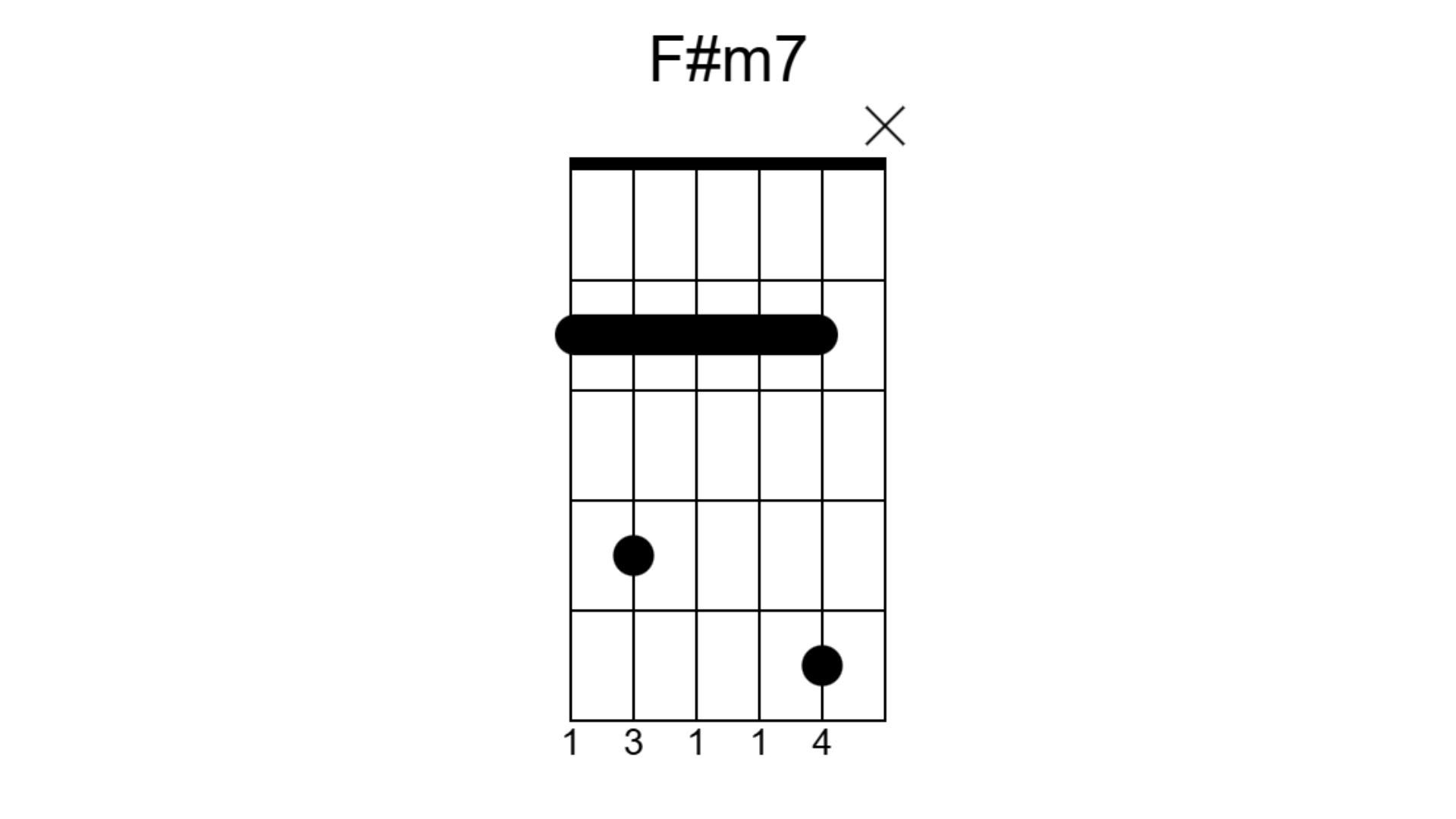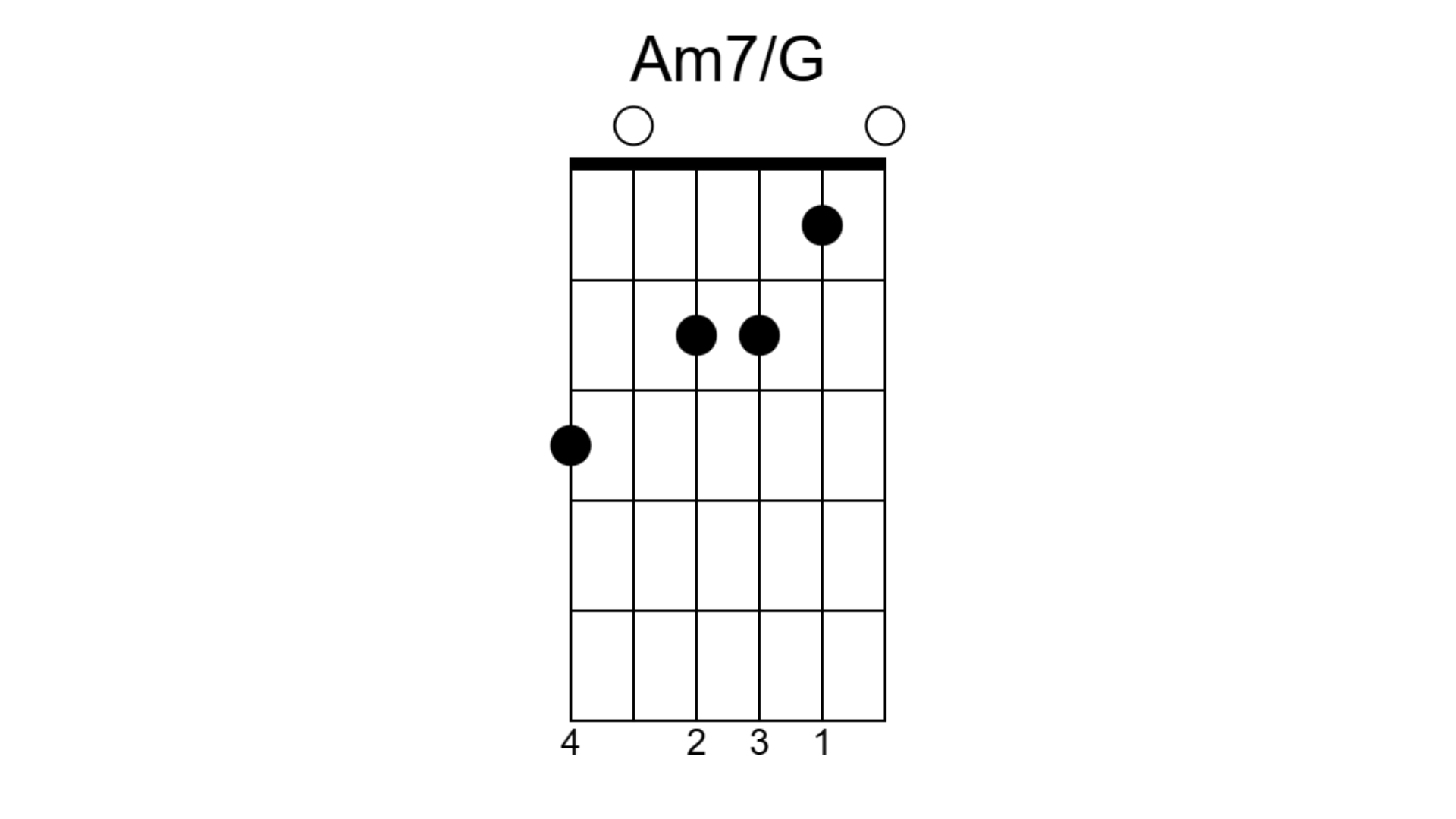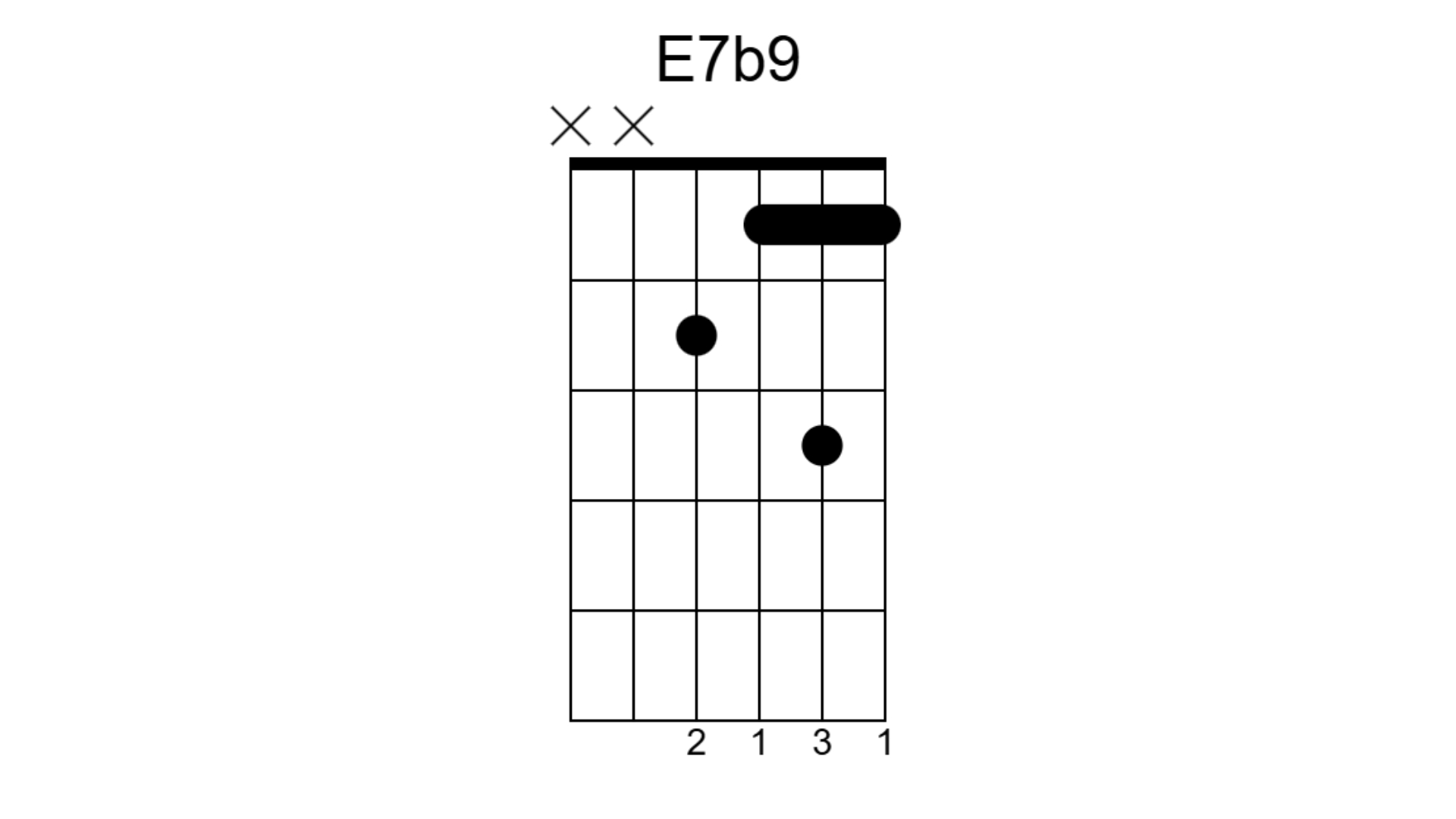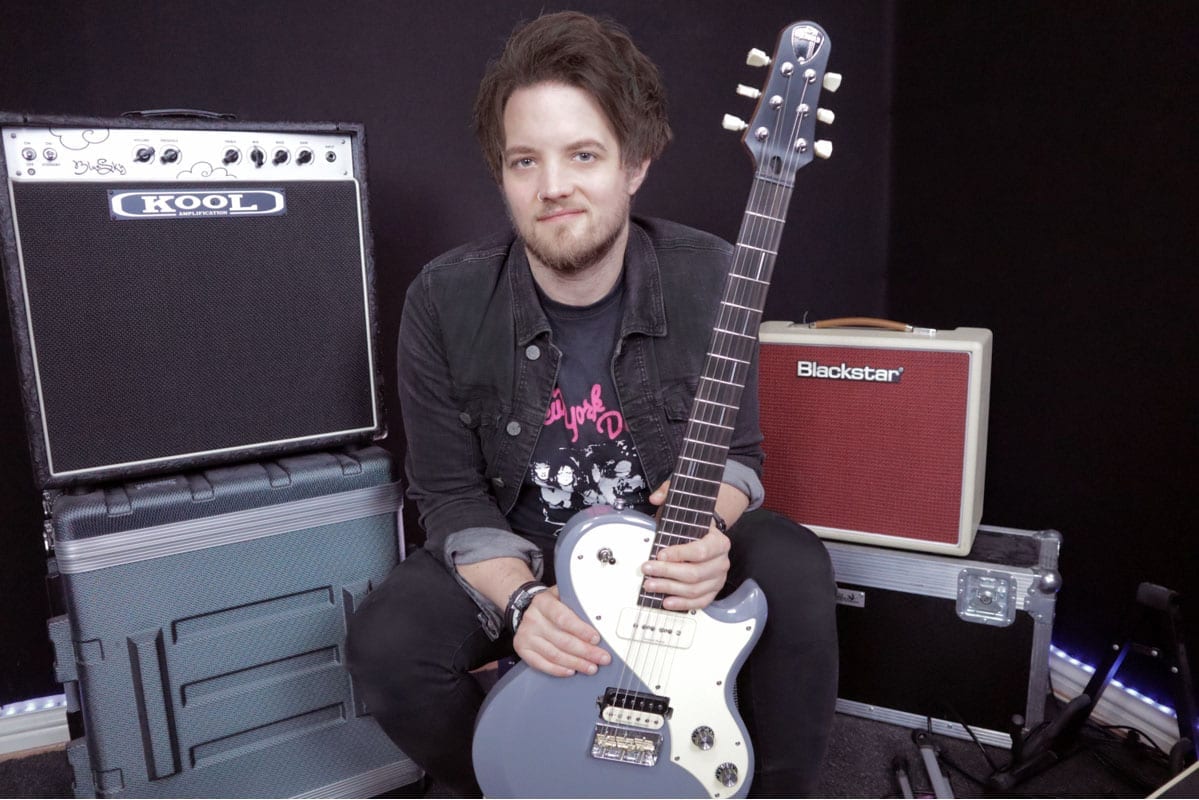"The Beatles were never afraid to experiment with their chord choices inside songs": here are 4 to inspire your guitar playing
While my Am7/G gently weeps

The Beatles have written some of the most iconic pop and rock songs of all time. The songwriting dynamic between each member has given the world hit after hit. Inside these hits are some fantastic chord choices.
The Beatles were never afraid to experiment with their chord choices inside songs. In this lesson we’re going to look at four chords from their catalogue of mega hits.
Fadd9

Any Beatles fan will recognize this chord from the instant they hear it… this is the iconic Hard Days Night chord. This chord has been hotly contested ever since guitar players developed a love of arguing on the internet.
The chord is best seen as an Fadd9, a simple F Major chord with the add9 note at the top. It can also be viewed as a G9sus4/F because of the notes included in the chord, but given the key of the song, Fadd9 is the most logical name for this chord.
F#m7

This variation of an F#m7 chord appears in the chorus of the track Hey Jude. The recorded version is played with a capo on the 1st fret.
This is a nice alternative to a standard m7 chord to use in progressions. By placing the b7 note at the top of the chord an octave higher than where it first appears. This gives the chord a very rich and melodic flavour.
Am7/G

In the intro to the song While My Guitar Gently Weeps, this Am7/G chord appears. The first part of the song is a continuous Am chord with a moving root that walks down. This is a useful technique to create the feeling of movement without changing your overall chord.
Want all the hottest music and gear news, reviews, deals, features and more, direct to your inbox? Sign up here.
The addition of the G is what makes this an Am7, without the G this would be a standard Am chord.
You can use this theory in your own songwriting by trying different root notes with the chord.
E7b9

The intro to the track I Want You (She’s So Heavy) contains this E7b9 chord which is a really moody-sounding voicing that makes for a perfect dominant 7 substitution. As guitar players, we’re very accustomed to the E7#9 chord, otherwise known as the Hendrix chord.
Switching the 9 for a b9 takes the chord to a whole new place. It has an element of suspense to it and works great as a passing chord on the way to a resolution.
Leigh Fuge is a guitar player and content creator with a love for all things '80s. When he’s not creating gear demos for his Youtube channel he’s teaching students via his online guitar course Right Notes Music Tuition. Off camera he spends most of his time travelling around the UK performing at functions and corporate events. www.instagram.com/leighfugeguitar




